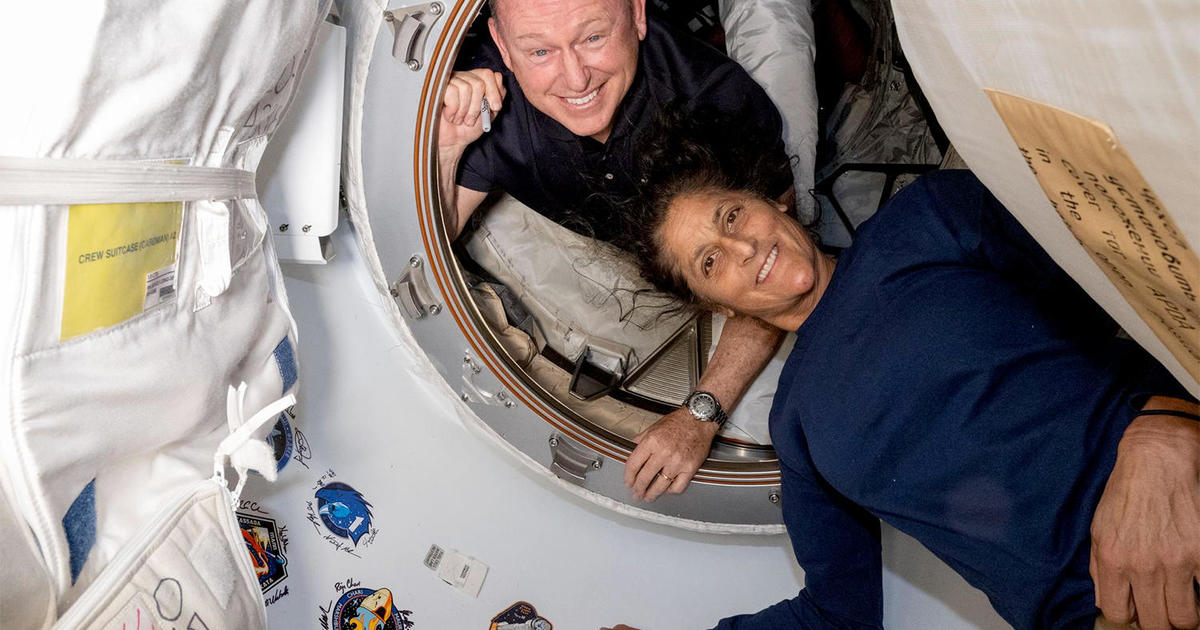NASA’s Bold Strategy to Rescue Stuck Starliner Crew Next Month
NASA is gearing up for an ambitious and unprecedented operation aimed at safely returning the crew of the stranded Starliner to Earth. This daring plan underscores the agency’s longstanding commitment to crew safety while highlighting the innovative approaches being developed in the realm of space travel. As we delve into the details of this operation, we will explore the intricacies involved, the technology at play, and the implications for future space missions.
The Starliner Situation
The Boeing CST-100 Starliner, designed to transport astronauts to and from the International Space Station (ISS), encountered significant issues during its recent uncrewed test flight, known as the Orbital Flight Test-2 (OFT-2). Although the spacecraft successfully reached its destination, a series of software malfunctions and technical glitches prevented it from docking as planned. Consequently, the Starliner has remained in orbit longer than anticipated, creating a pressing need for an effective rescue strategy.
NASA’s swift response to this unexpected situation reflects its dedication to the safety of its astronauts. With a rescue operation on the horizon, several critical factors are being considered to ensure a successful outcome.
Strategic Planning for Rescue
NASA’s strategy to rescue the stuck Starliner crew involves meticulous planning and coordination among various teams. The operation will utilize a combination of existing spacecraft and cutting-edge technologies to facilitate a safe return. Here are some key elements of the rescue strategy:
- Collaboration with SpaceX: NASA has reached out to SpaceX to leverage the capabilities of the Crew Dragon spacecraft. The Crew Dragon, which has a proven track record of transporting astronauts to the ISS, will play a critical role in the rescue mission.
- Modifications and Enhancements: Both NASA and Boeing are working on software updates and enhancements to ensure the Starliner can safely re-enter the atmosphere. These updates focus on improving the spacecraft’s navigation and communication systems.
- Safety Protocols: Stringent safety protocols are being established to ensure that the crew’s wellbeing remains the top priority. This includes extensive training for the astronauts and ground control teams to prepare for any contingencies during the rescue.
Technological Innovations at Play
The rescue operation not only underscores NASA’s commitment to crew safety but also showcases the technological innovations that underpin modern space travel. The integration of various systems and technologies will be pivotal in facilitating a successful return. Some notable innovations include:
- Advanced Navigation Systems: Cutting-edge navigation technology will guide the Starliner back to Earth. These systems utilize real-time data and predictive algorithms to optimize the spacecraft’s trajectory.
- Robust Communication Networks: Maintaining constant communication between the Starliner and ground control will be crucial. NASA is enhancing its communication infrastructure to ensure seamless interactions throughout the rescue operation.
- Re-Entry and Landing Technologies: The Starliner’s design incorporates advanced thermal protection systems that allow it to withstand the intense heat generated during re-entry. Additionally, landing systems are being refined to ensure a soft touchdown.
Training and Preparation for Astronauts
As NASA prepares for the rescue, astronaut training is taking center stage. The crew onboard the Starliner is undergoing rigorous training to familiarize themselves with the procedures that will be implemented during the rescue operation. This preparation includes:
- Simulations: The astronauts are participating in simulations that replicate rescue scenarios. These exercises help them develop the skills and confidence needed to manage the situation effectively.
- Emergency Protocols: Training sessions focus on emergency protocols, ensuring that the crew is well-prepared to handle any unexpected challenges during the rescue.
- Health and Wellbeing Monitoring: NASA is implementing measures to monitor the physical and mental health of the crew. This includes regular assessments and support to address any concerns that may arise during their extended stay in orbit.
The Implications for Future Space Missions
The successful execution of NASA’s bold strategy to rescue the stuck Starliner crew will have far-reaching implications for future space missions. This operation serves as a case study in crisis management and operational resilience, providing valuable lessons for the agency and the broader aerospace community.
Some key implications include:
- Enhanced Safety Protocols: The experiences gained from this operation will contribute to the development of more robust safety protocols for future missions, ensuring that crew safety remains a paramount concern.
- Collaboration Among Space Agencies: The partnership with SpaceX highlights the importance of collaboration among space agencies and private companies. This cooperative approach can lead to innovative solutions to complex challenges.
- Increased Public Confidence: Successfully rescuing the crew will bolster public confidence in NASA’s capabilities and commitments, reinforcing the agency’s reputation as a leader in space exploration.
Conclusion
NASA’s bold strategy to rescue the stuck Starliner crew next month is a testament to the agency’s unwavering commitment to crew safety and its innovative spirit in the face of adversity. As the operation unfolds, it will not only prioritize the return of the astronauts to Earth but also serve as a beacon of hope and resilience in the realm of space exploration. The lessons learned and technological advancements achieved during this mission will undoubtedly shape the future of human spaceflight, paving the way for more ambitious explorations beyond our planet.
As we look forward to the rescue, the world watches with bated breath, united in the belief that with determination, collaboration, and innovation, even the most daunting challenges can be overcome.
See more Future Tech Daily

